
 |
|
|||||||
| FM/DM threads Everything about FM/DM in CoD |
 |
|
|
Thread Tools | Display Modes |
|
|
|
#1
|
|||
|
|||
|
Quote:

|
|
#2
|
|||
|
|||
|
These documents relating to fuel requirments of the the Advanced Air Stiking Force and the Air Component, both in France during May 1940, give some idea of consumption, stocks, and how fuel requirements were calculated. As can be seen the Hurricanes used 100 octane, the Blenheim used a mix, while the Battle and Lysander used 87 octane, as did any transport, liason, visiting types etc.
      
|
|
#3
|
|||
|
|||
|
To underscore the above documentation of Hurricanes using 100 octane fuel in France please note the following:
P/O John Bushell, 151 Squadron, 18 May 1940 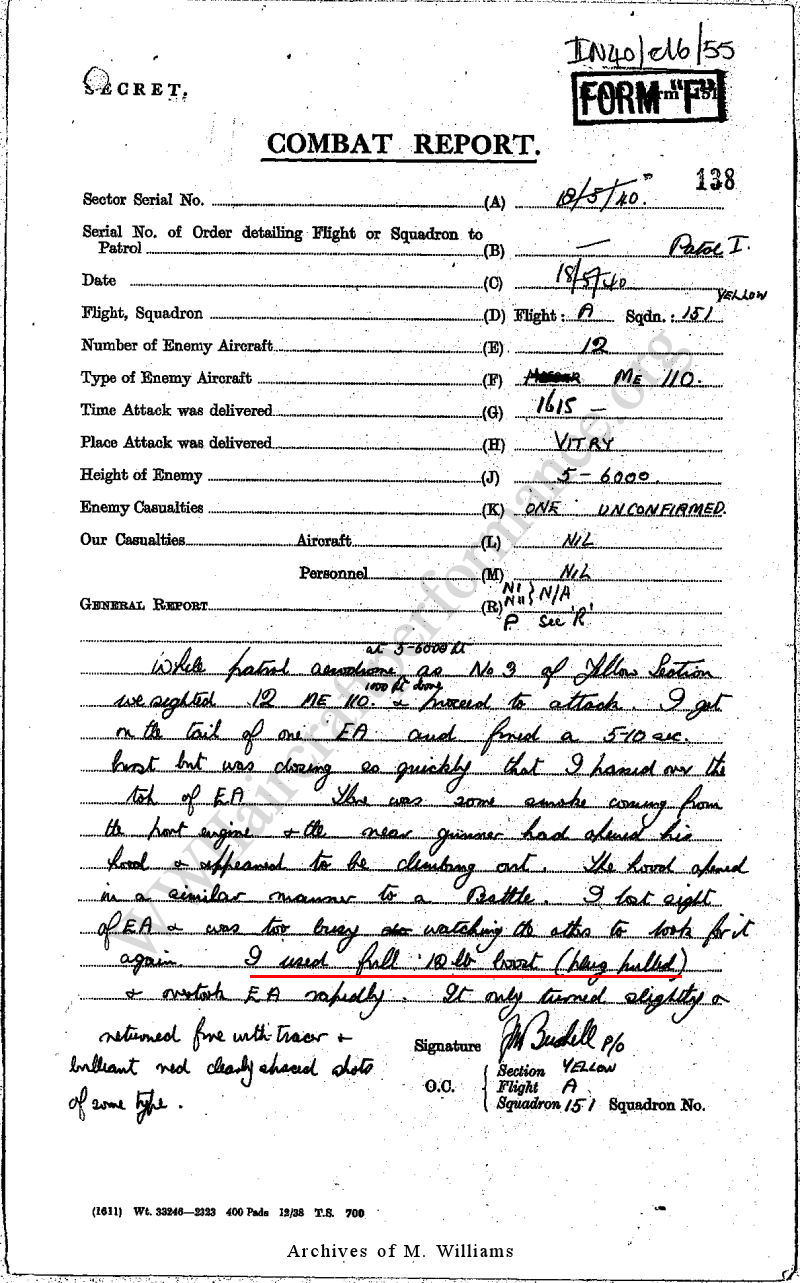 F/O Paul Richey, 1 Squadron, 11 May 1940  F/O E. J. Kain, 73 Squadron, 14 May 1940 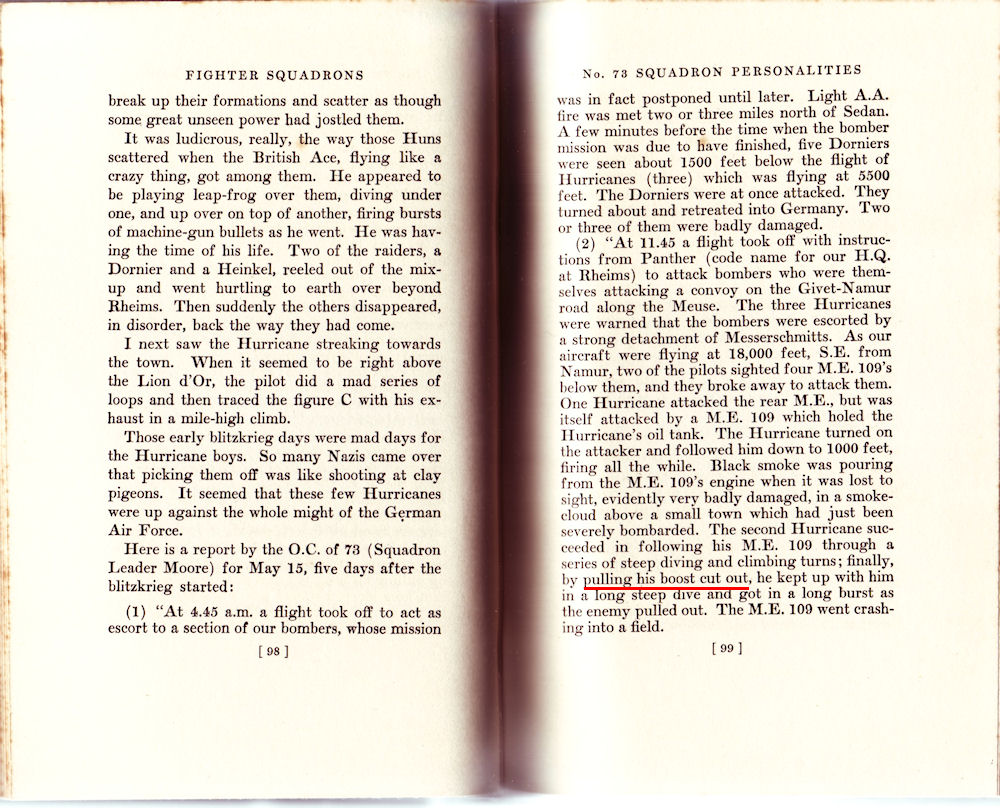 P/O D. W. A. Stones, 79 Squadron, 14 May 1940  P/O R. P. Beamont, 87 Squadron, 15 May 1940 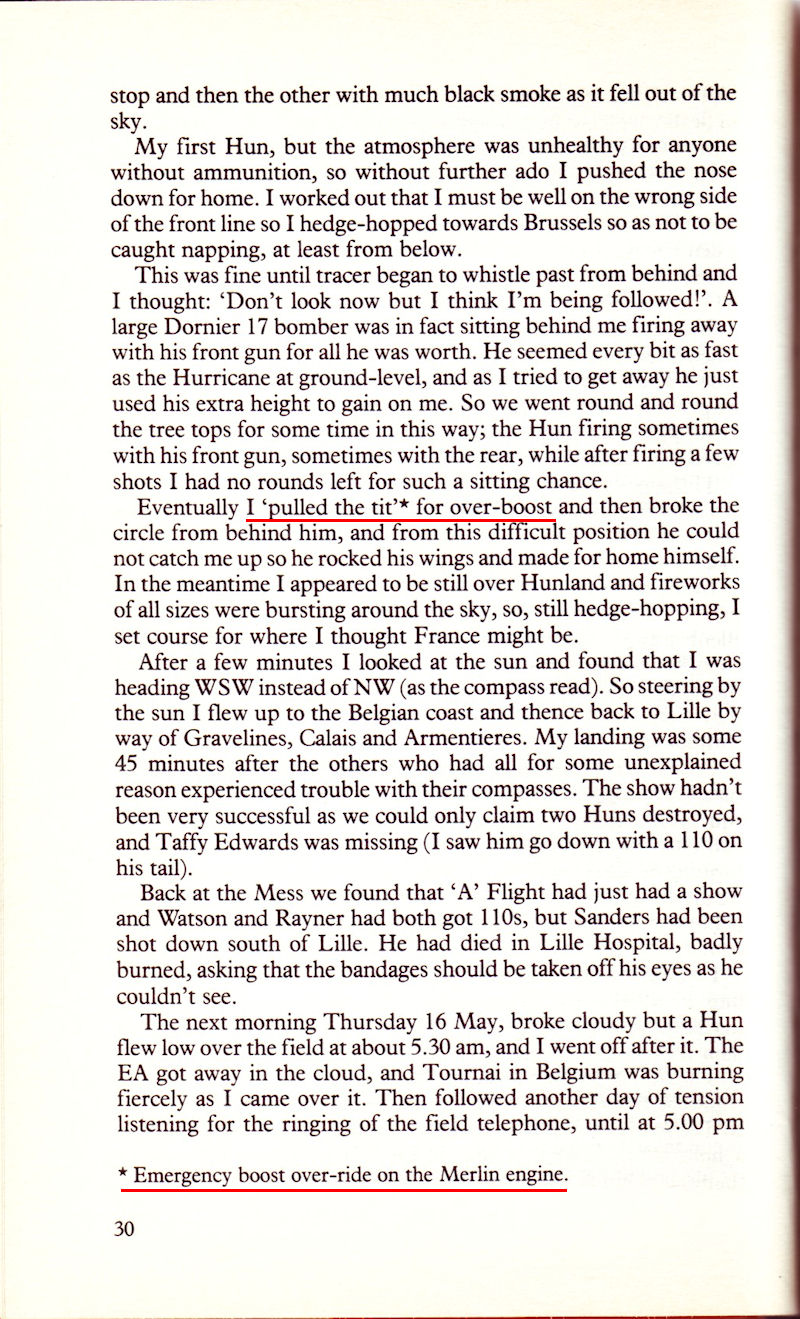 P/O F. B. Sutton, 56 Squadron, 18 May 1940 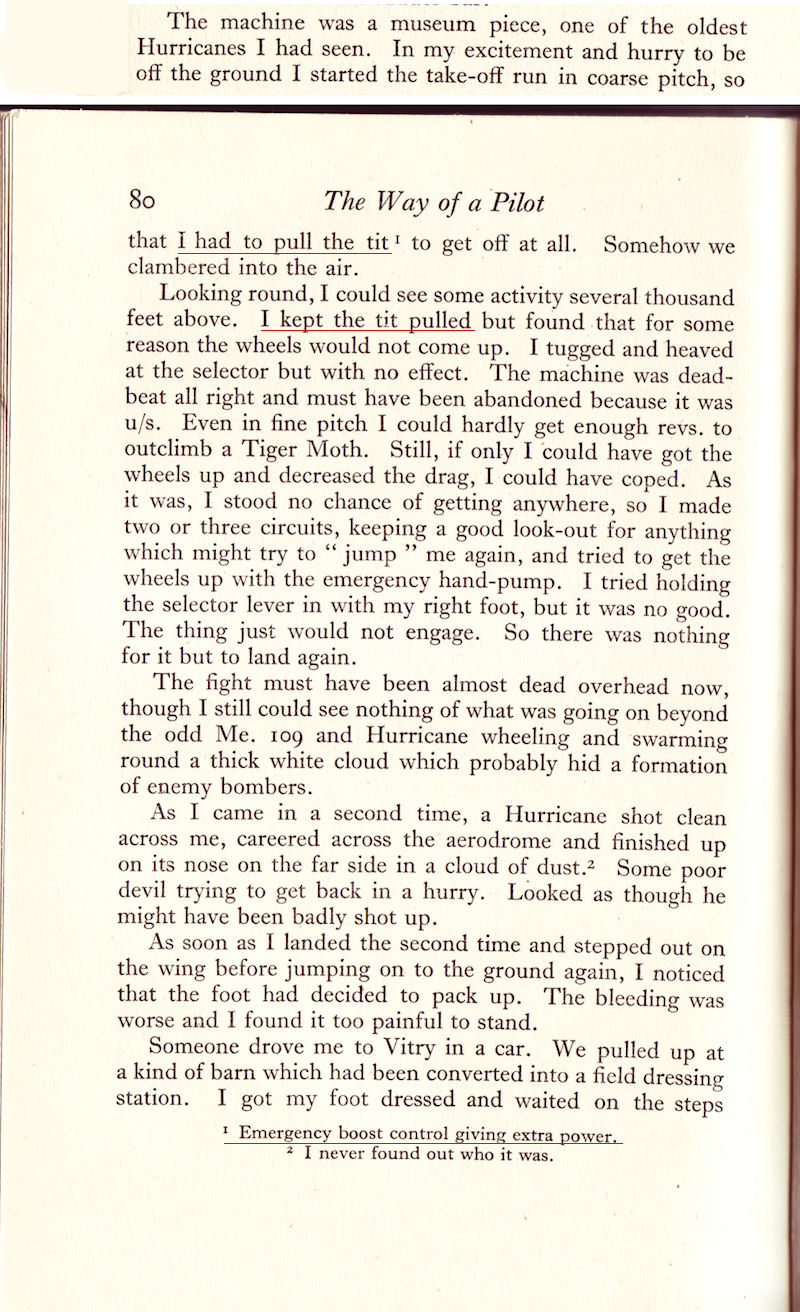 F/Lt. I. R. Gleed, 87 Squadron, 18 May 1940 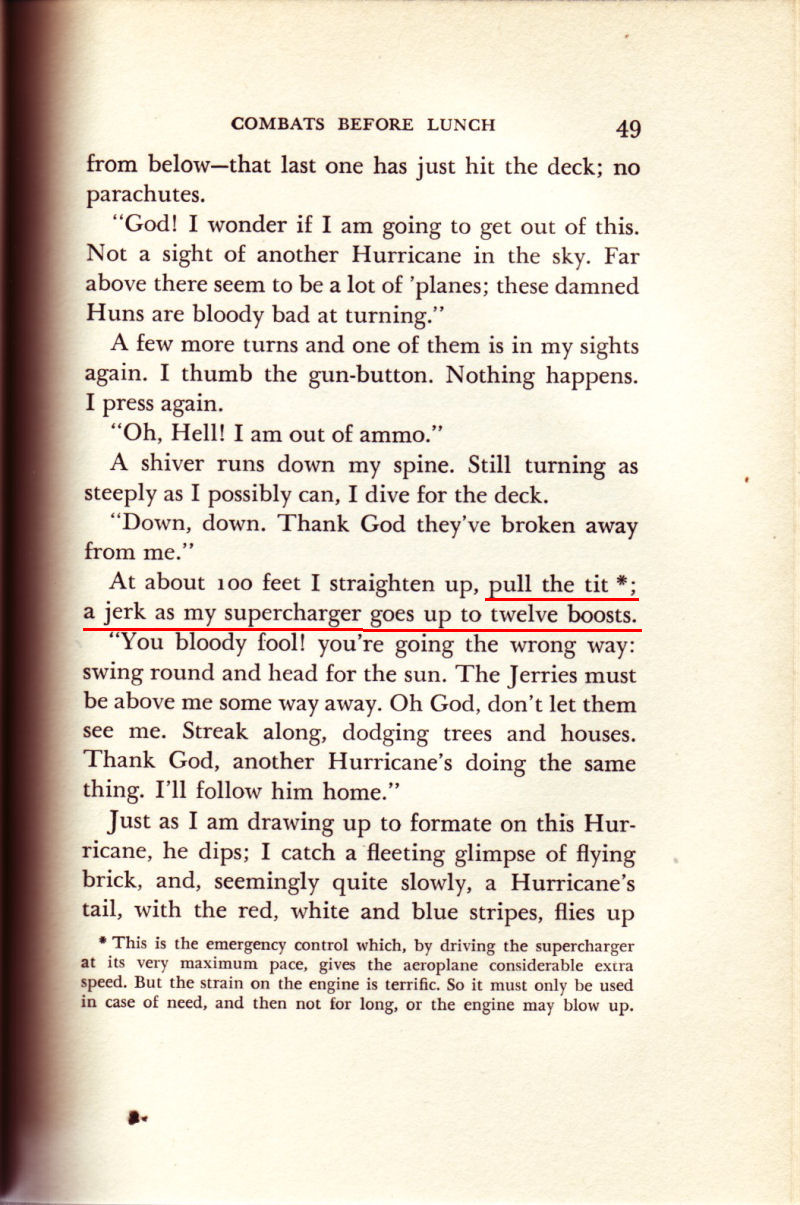 F/Lt. I. R. Gleed, 87 Squadron, 19 May 1940 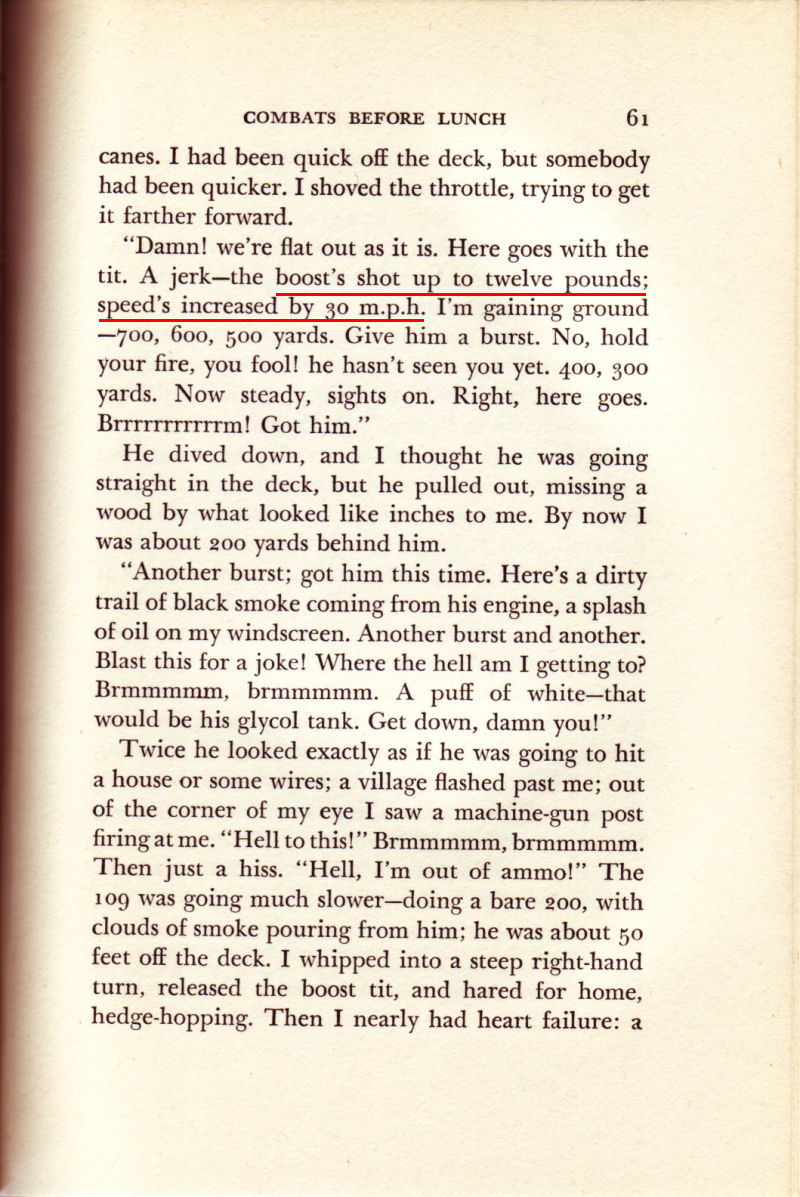 Sgt. L. H. B. Pearce, 79 Squadron, 20 May 1940 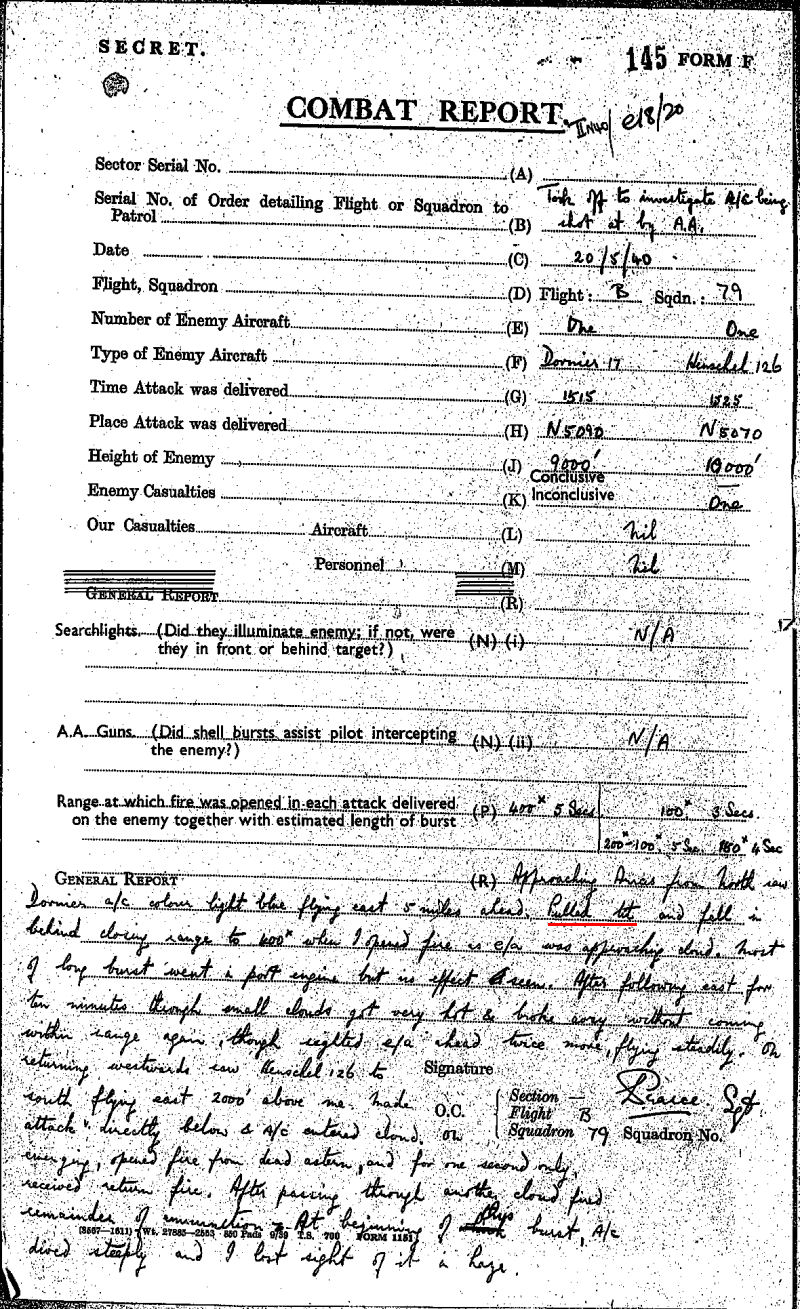
|
|
#4
|
|||
|
|||
|
100 Octane Fuel. Completion of the Thornton Plant. Memorandum by Minister of Aircraft Production.
1940 Oct 30 Quote:
They even thought about cancelling the construction of a new plant in October 1940. Looks like there was plenty of 100 octane fuel available. |
|
#5
|
|||
|
|||
|
Quote:
Apparently they decided to keep the Thornton plant -- partially for post war employment reasons. They sound almost apologetic for being awash in 100 octane fuel. "It might be that after the war not only aeroplanes but motor cars will run on 100 octane fuel. 
Last edited by lane; 02-25-2012 at 08:05 PM. |
 |
| Thread Tools | |
| Display Modes | |
|
|